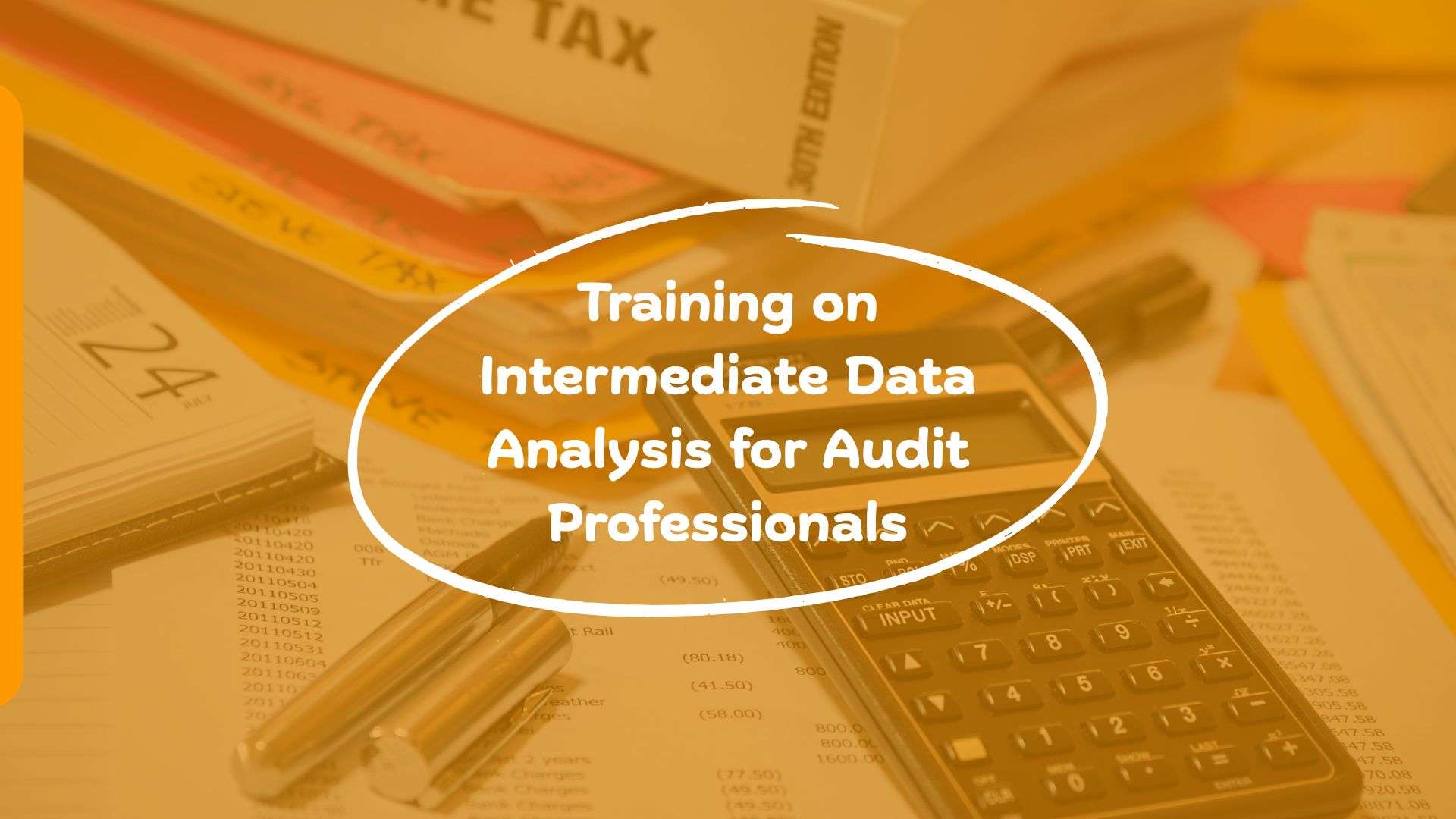
Training on Intermediate Data Analysis for Audit Professionals
Internal auditing plays a crucial role in risk management, fraud detection, and compliance assurance within organizations. Organizations in a variety of industries use data analytics daily. For instance, internal auditors can use data analytics to find and define risks, outliers and anomalies that could reveal deeper problems. No matter the industry, however, most analysts today rely on software and artificial intelligence to organize large data sets for analysis. Businesses have increasingly complex digitized processes. Data analytics can collect data from these operations and find trends and variances that can help define risks and inefficiencies. It can visualize this information, and auditors can use it to support their findings and suggestions.
Data analytics can improve internal audits, but only with proper planning. Auditors need to select the correct tools and approach or the analysis will not support their work. This course is designed to enhance the data analysis skills of audit professionals, providing them with the necessary tools and techniques to leverage data for effective auditing. The course builds upon foundational knowledge and introduces more advanced concepts in data analysis, empowering participants to extract meaningful insights and detect anomalies in financial data.
Target Participants
This training is suitable for audit professionals who have a basic understanding of data analysis concepts and tools. It’s designed for auditors, finance professionals, compliance officers and data analysts in audit departments.
What You Will Learn
By the end of this course the participants will be able to:
- Develop a deeper understanding of data analysis techniques to better interpret and analyze financial information
- Learn advanced data visualization tools and techniques for clearer communication of audit findings
- Equip participants with the skills to identify irregularities, potential fraud, and anomalies in financial datasets
- Introduce predictive modeling and analytics to anticipate potential audit risks and trends
Course duration
Online – 7 Days
Classroom-based – 5 Days
Understanding Data Analytics in Auditing
- Descriptive Analysis
- Diagnostic Analysis
- Predictive Analysis
- Using Big Data in Auditing
Foundation Review and Advanced Excel Techniques
- Review of basic data analysis concepts
- Advanced Excel functions for audit professionals
- Data Cleaning and preparation techniques
Use of Data through the Audit Lifecycle
- Data in Audit Planning
- Risk Assessment
- Execution
- Reporting
- Monitoring
Advanced Data Visualization
- Introduction to advanced data visualization tools (e.g., Tableau, Power BI)
- Creating interactive dashboards for audit reporting
- Visualizing audit findings effectively
Fraud Detection and Anomaly Identification
- Common fraud patterns
- Statistical techniques for anomaly detection
- Case studies on fraud detection in financial data
Predictive Analytics and Integration with Audit Software
- Introduction to predictive analytics in auditing
- Integration of data analysis tools with audit software
- Practical exercises on predictive modeling for audit risk assessment
Machine Learning Concepts for Auditing
- Introduction to machine learning in auditing
- Application of machine learning algorithms in fraud detection
- Understanding model interpretation and validation
Data Ethics and Privacy in Auditing
- Ethical considerations in handling sensitive financial data
- Compliance with data protection regulations
- Case studies on data breaches in auditing
Cybersecurity Awareness for Audit Professionals
- Cybersecurity risks in auditing
- Integrating cybersecurity considerations in audit planning
- Best practices for securing financial data during audits

